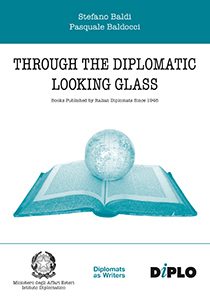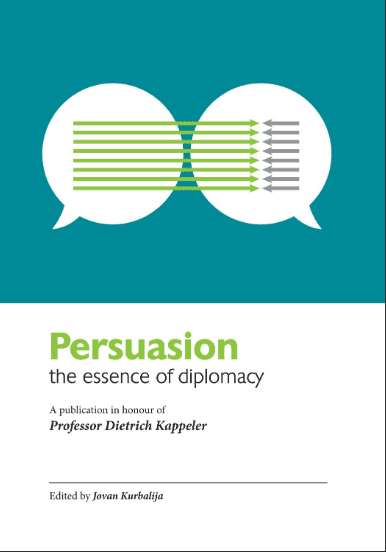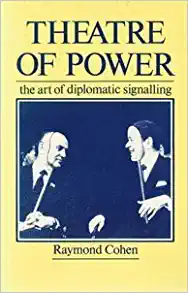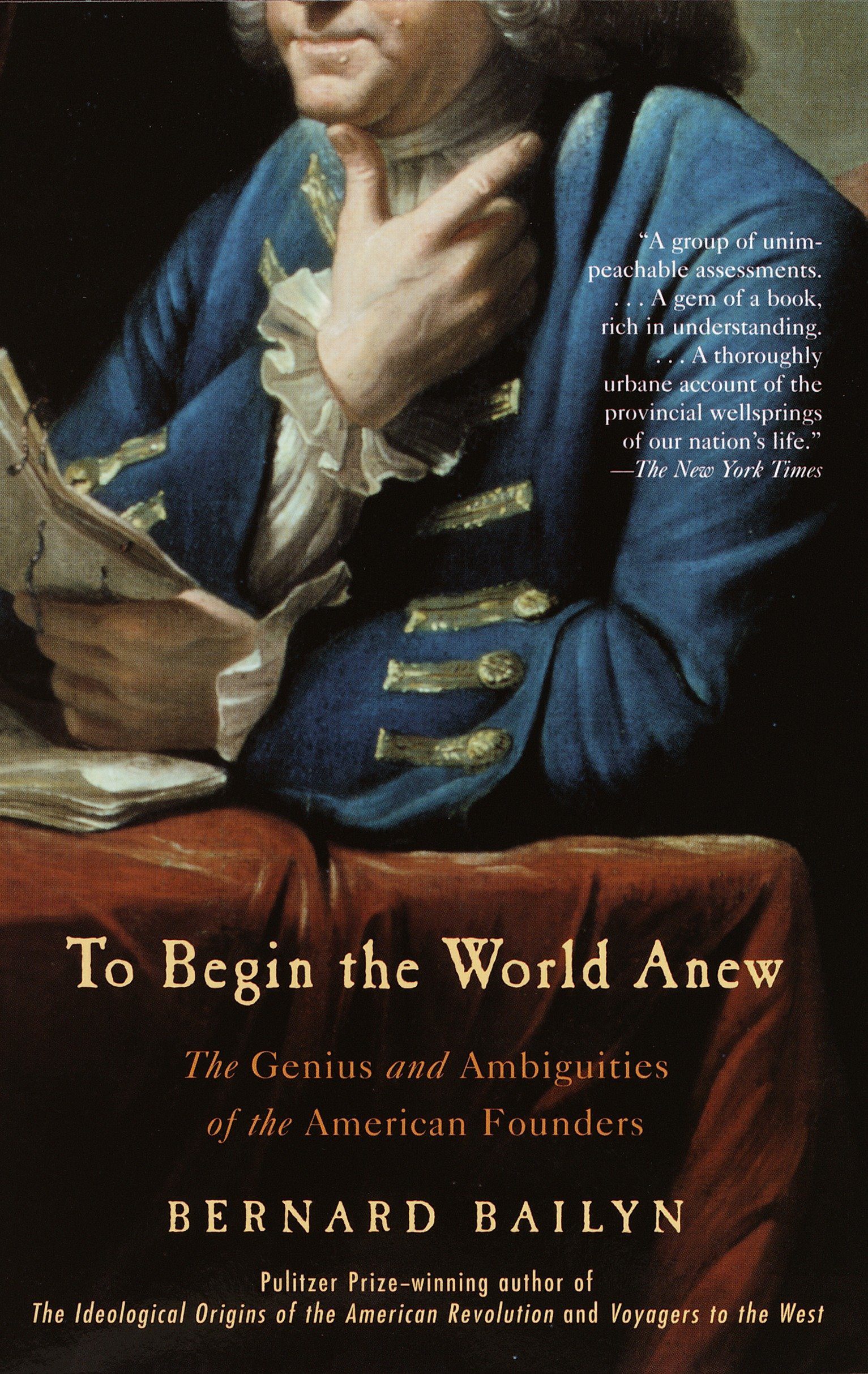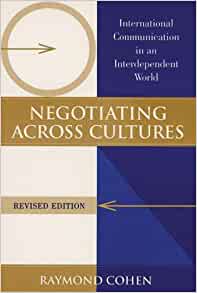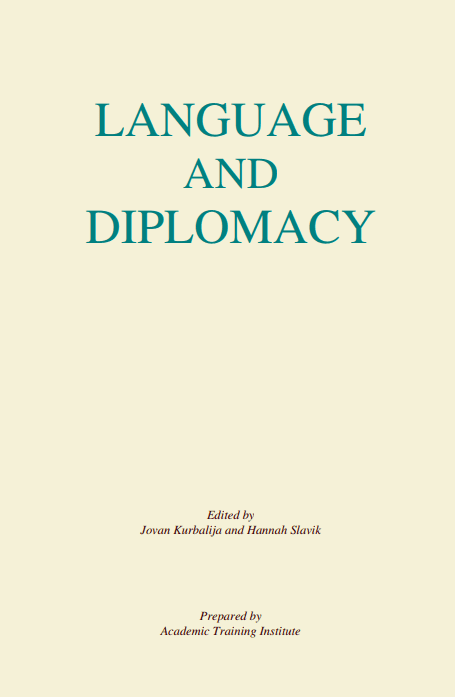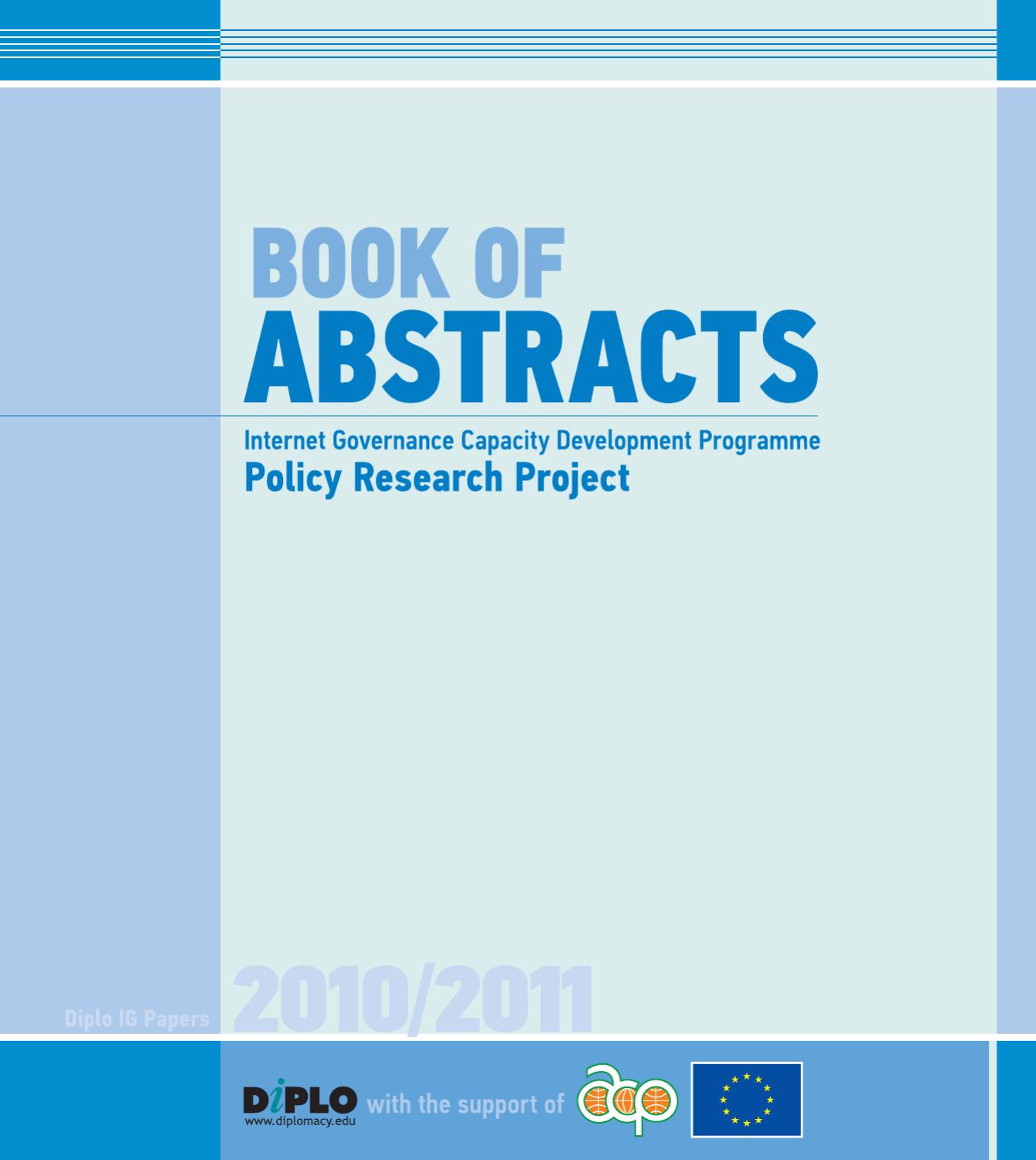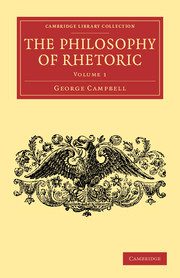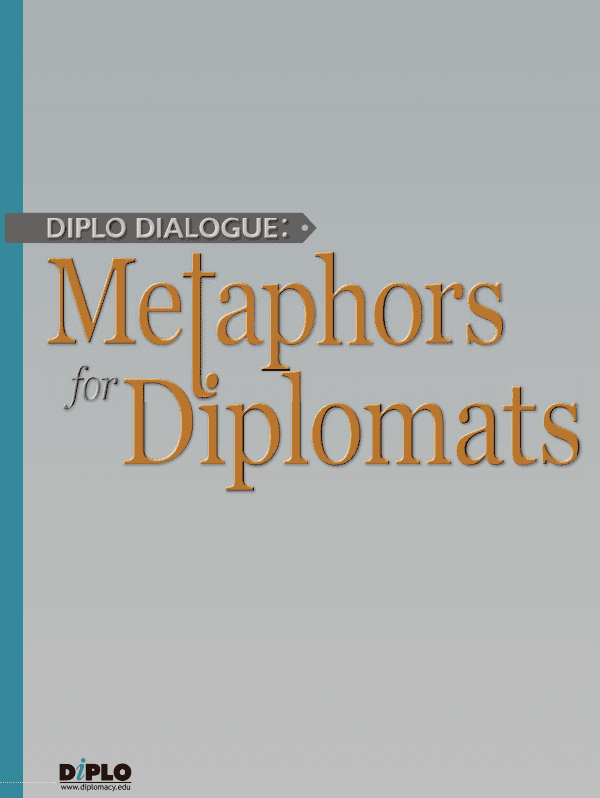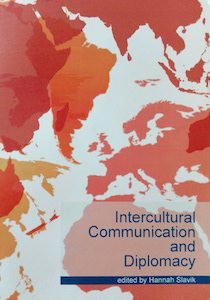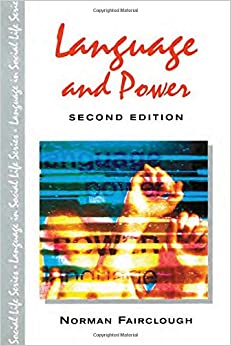With current available information technology each of us can now create our own system for practicing second-language writing skills in a supportive reference environment: a word processor using an international alphabet, with an online dictionary in a second window, makes this possible. Those of us working for some time in CALL, the emerging multi-disciplinary field of Computer-Assisted Language Learning, saw further promise in this simple combination. We might add “customising” features, allowing users of these tools to enrich the reference material with vocabulary, examples, and word families to suit their own personal, educational, or professional interests. We might further provide means for users to collaborate conveniently on such enrichment “modules” with others. In the IT context these were essentially database management issues that were being addressed successfully for broad areas of information and could obviously be applied to CALL. A few major hardware and software advances were still required, for example, the well-known move to the graphical environment to accommodate orthographic variety. Less apparent but far more significant for my own projects, the invention of the code “compiler”, as a powerful substitute for the line-by-line code “interpreter”, for the first time made it possible to handle, within a typical language-lab session, the hefty data management needs of truly effective CALL software.
I like to insist that we remember that we are all tool-makers – that is what accounts for homo sapiens’ success and thus far continuity of our species. In my view, CALL research and development profits also from the theoretical arguments and practical proposals of at least two other major fields: education and linguistics. They are sources of inspiration and philosophical direction. They also invent and refine tools – for description, for analysis, and for instrumental change. The “InterLex Lab” design, a learner-centred “knowledge-base building” approach, is my example of this potential for integration. It is used here as a reference point to discuss some practical issues with respect to the “World Language” Initiative described in this paper and related evolving philosophical considerations. I welcome this opportunity to hear the views of those concerned with “Language and Diplomacy“”. What would your priorities be? What would you add to, subtract from, or substitute for this approach? At every stage alternatives present themselves. Resources, financial and intellectual, are never adequate to pursue all apparent options. For further progress, choices have to be weighed and commitments made.
SOFTWARE DEVELOPMENT PHILOSOPHY
In a national competition the DOS implementation of the InterLex Lab was cited as one of “101 success stories” in educational software for higher education (Boettcher 1993). The most fully developed version, for Spanish, consisted of two pieces of software: “Salsa: Writing Assistant for Spanish” (Solá, Pet and Noblitt 1990) and “Salsera: Customizing Program for ‘Salsa'” (Solá 1993). The programs were published in the DOS format, with accompanying printed manuals.
The Boettcher study reported as reasons for the success of the project the adoption of the following guidelines: 1) a well-defined educational focus on developing foreign-language writing skills, as separable from other foreign-language skills; 2) a theoretical focus on language as an expressive skill based on discourse and syntactic function; and 3) evaluating every aspect of software development for cost-effectiveness (Boettcher 1993, 131). The evaluation further remarked on the design as one of just a few among those selected with potential for generalisability (Boettcher 1993, 25). At the time, parallel InterLex projects were underway for DOS software for Portuguese and for the Quechua language; these did not reach publication stage.
The manual for Salsera, the customising program, elaborated on this feature, claiming that the InterLex Lab design was “innovative in a venue beyond the classroom, as an intellectual meeting ground where language teachers, textbook authors, and publishers can interact with each other in practical fashion to produce more effective software” adding more vitality to “the traditional, rather glacial, dynamic by which these parties interact with and influence each other.” The consequence for a particular language would be published database “modules” for various levels and diverse purposes, each with a companion customiser for further context-specific adaptation. The principal source of this potential for productivity lay in a new role for the core database, the point of departure for customising. This core was not basic in the sense of “introductory” for beginning learners; it proposed to be efficient, well-proportioned, and universal, with neither more nor less in it than might be needed for adaptation to specific curricular or non-curricular objectives. In the design, the content of the core, obviously negotiable, was under the control of the publisher, but susceptible to feedback from customisers, who had vigilant voting rights against any component they did not need. The expression, in running software, of that point of departure became the principal philosophical concern of the InterLex Lab project.
END OF THE DOS ERA
As with much pioneering software, the DOS environment proved to be awkward and limiting. Many early innovating DOS-based programs were successfully ported to the more flexible graphical environment of Microsoft Windows 3 or the Macintosh operating system. At the time these were not sufficiently tempting routes for further development of the InterLex Lab concept. The InterLex commitment to the development of expressive skill in writing, a primary concern for learner-centered knowledge-base building, that is to say, customising, and, finally, the desire to provide an explicit theoretical rationalisation for the design, did not find a congenial development environment until the advent of new hardware and software tools and some further exploration of the notion of “linguistic universals”. The tools consisted of Microsoft Windows 95®, two accompanying Microsoft programs for that operating system: Visual FoxPro, Version 6®, and the Microsoft Help Workshop®, and the World Wide Web as a shareware distribution and online licensing medium. The result so far: two InterLex Lab shareware implementations with the same design: “WinSalsa: Building your Spanish Knowledge-Base” (Solá 1999) and “WinColega: Building your Portuguese Knowledge-Base” (Solá 2000), with English as L1, the user’s language, for both. A third version, “WinFriends”, with a modified design using English as L2, the target language, uses the InterLex Lab tools to demonstrate the feasibility of a “World Language” Initiative that might serve much broader communication objectives.
THE “WORLD LANGUAGE” INITIATIVE
The third program “WinFriends: Building your English Knowledge-Base” is a significant variant of the design, adding a new option, to build your knowledge-base in English with no help from any other language, or to freely gloss the English material – dictionary items, examples, word families – in any language whose orthography is supported in the Windows 95/98/NT International English keyboard layout. This newest design is proposed as a way to give speakers of many languages better access to skill-improvement in the LWCs (Languages of Wider Communication). If successful with English, the design could be relatively quickly implemented for other “World Languages”, such as Spanish, French, Russian, Arabic. The diplomatic community, usually on-the-spot where those “vehicular” languages are being used to bridge communication gaps across national and linguistic boundaries, should be the most helpful in recommending directions and priorities here.
WHAT ARE LINGUISTIC UNIVERSALS?
What should be the point of departure for customising your personalised knowledge-base? Language teachers are not accustomed to addressing this question. Still, what is universal for all language cannot be excluded from what is “basic” for a particular language. And, without some agreement on what may be universal, we have no effective way of measuring the way languages and dialects differ from each other nor of dealing with legitimate practical concerns, such as, for example, developing software for different varieties of a language and for different languages of many types.
For several decades, specialists in “generative-transformational grammar” and various later derivative approaches to linguistic description have been concerned with the search for universals (Newmeyer 1996), as all science should be. Unfortunately, their search for logical elegance – many call it “mainstream” linguistics – has produced highly convoluted terminologies overly focussed on the sentence level, not readily interpreted for application to language pedagogy, and ultimately judged seriously deficient “given the current knowledge of the intimate relationship between sentence syntax and discourse organization” (Brown and Miller 1996). Recent reflections from the principal generator of this mainstream, Noam Chomsky, with proposals for a “minimalist program” (Atkinson 1996), seem to leave room for a theory of language universals based on simpler relationships, perhaps less opaque and more congenial to educational concerns.
In the meantime a theoretical countercurrent has argued for universals based on “information structure”, with “pragmatic” considerations (Foley 1996), more responsive to the interactive and communicative uses of language. In WinSalsa, the Help volumes provided on “How Spanish Works”, deal with Spanish syntax – with basic concepts such as hierarchy, discourse, form, function, meaning – in a fashion more attuned to this latter approach. If in this way we can contribute to narrowing the distance between linguistic theory and educational practice, it should be to the benefit of both.
MAXIMUM SEMANTIC GENERALISABILITY
I believe that the extract from WinSalsa Help (Solá 1999) given further on can be proposed as a template for the syntactic hierarchy of any language and its relationship to the discourse level. By applying a principle of maximum semantic generalisability (MSG, to appropriate an acronym); the template accommodates, for example, the differences between ergative and nominative-accusative case systems. Even broader semantic considerations were taken into account in constructing this template, with practical implications for the inevitable “interface” question in dealing with any particular language: how much of the language’s complexity could or should be displayed at one time in any single window?
To explain: at Cornell I was responsible for instruction in Quechua, the major indigenous language of the Andes. With the arrival of the personal computer I looked forward to adding an InterLex Lab for Quechua to other available learning tools. Quechua is one of those languages famous for its “long words”, of considerable internal complexity, presumably eligible for paradigmatic display on the computer screen. But along with the personal computer we had by this time also made advances in linguistic science: long words of this kind have some phonological legitimacy, something like “breath groups” with final emphasis in French, without which French does not sound like French, but internally may be grammatically complex. Judging by what we now know about Quechua and similar languages, their long words are similarly suspect. In Quechua, some of their substance consists of discourse markers, relevant above the word level, not within it. Some is stem-formative and specialised, consisting of compounds and other such substitutes for the simple word stem, the normal base to which inflectional material is added. Finally, relatively cursory comparative study of Quechua dialects, with the MSG hypothesis in one’s back pocket, reveals that Quechua has always had and still has a “verb phrase”, a so-called periphrastic construction with auxiliary and modal verbs. Again, it is to such grammatically structured bases that the relatively simple remaining inflectional material is added, generally having to do with such familiar semantic markers as actor and time of action in verbs, pluralisation and case markers in nouns, though these are not universal (Solá 1986). In effect, the Quechua long word crumbles upon semantic analysis; its components reassemble in grammatical hierarchical levels that can be comfortably distributed to separate software windows. They are usually better understood there. In this paper then, I am claiming that Quechua grammar – with suitable adjustments for written forms – can be accommodated by the following scheme, as it accommodates also the various Romance languages, English and other Germanic languages, and so on. It is a proposal for a universal grammar. Like all generalisations it is subject to review and counter-argument. Others are welcome to propose alternatives. Be reminded however: in the context of this Malta Conference, where questions of semantic equivalence are transparently at issue, all universalist proposals formulated in the English language, such as this one, have to be translatable into all of the other languages.
With regard to syntactic hierarchy:
Grammar levels are related to each other functionally, in a hierarchy:
The basic building blocks are Words.
Words and Phrases describe “participants” in “events”.
Clauses specify “relationships” among the participants.
Sentences are Words, Phrases, and Clauses marked by intonation; intonation patterns are represented in writing by punctuation.
Conversations and Narratives are made up of strings of Sentences.
With regard to the “discourse” level:
The term “discourse” refers to extended communication, as in a story, an essay, or a dialogue. The string of sentences can be produced by a single narrator, or, in conversation, by two or more persons exchanging information.
Efficiency: A set of Deletion Rules improve communicative efficiency by reducing repetition and wordiness.
Words used to identify participants in an event are seldom repeated fully in later references. They may be deleted entirely or be represented by shorter forms, such as Pronouns.
Strategy: A set of Focus Rules control communication strategy; they identify new information as it is introduced into established discourse context.
New information – the Focus – is located in a clause-level or phrase-level function slot. The new information concerns some Topic, which also has overt functional identity.
A Communicative Ecology: Deletion and Focus together manage the grammatical and semantic resources of the language. Deletion Rules maintain an efficient safety net of required information about communication in progress, while Focus Rules highlight information newly introduced into the communication stream by a narrator or participant in a conversation.
WORDS AS PARTICIPANTS
At the word level also, in the interest of efficiency, we can seek MSG as we construct grammars. For example, the variety of “datives” mixed up with “indirect objects” that have persevered in the description of Romance languages are, in Spanish for example, all instances of actions or states affecting humans or human attributes. All classes of verbs participate in this behaviour: intransitive, transitive, and equative. The MSG guideline encourages us to locate this cognitive relationship, the relationship between the formal pattern and its meaning for the user, at its most inclusive formal level. Thus in the WinSalsa grammar all such affected “participants” in “events” are tagmemically Referents; the diverse “dative” linguistic environments in which they occur are not forgotten; they are well exemplified in the reference material.
HOMO SAPIENS
In conclusion, I want to argue in defence of the unity of our species. However, with your indulgence I will begin with one or two pre-emptive warnings, having learned on other occasions that the words I’ve chosen to anchor my argument sometimes evoke strong negative reactions. This happens, I’ve decided, not in reaction to what I’ve said, but in reaction to what listeners think I mean by what I’ve said. This should not be surprising to any of us: viz. the subtitle of one of the papers here, “Same Words – Different Meaning”; neither can we exempt ourselves from hasty, potentially wasteful reactions.
In a concluding paragraph I will invoke a Darwinian argument, not an argument Charles Darwin made, but a documentable inference by someone else from Darwin’s work. That inference explained, with great impact on the philosophical stream in the middle of the 19th century, the role of continuity in nature and in human behaviour. A quite different Darwinian argument, which came to bear the label “Social Darwinism”, in its simplest formulation attempted to apply Darwin’s biological hypothesis for natural selection “Survival of the Fittest” to human societies. By way of warning, I will not accept as a refutation of my own Darwinian claim the flat rejection: “Social Darwinism failed”, which I’ve heard from more than one social scientist. Whether it failed or not, Social Darwinism has nothing to do with this discussion.
Similarly, but more dangerously, we do not easily find common semantic ground for discussing the nature of universals. Again, for some hearers, the suggestion that some behavioural attributes may be universally distributed among all members of our species evokes an almost immediate powerful rejection: “Forget it. I’m a dedicated relativist.” This is not a friendly invitation to continue, to look for common ground in pursuit of our respective interests. A non-verbal reaction but with similar consequences: no response to my last email message.
We are all “relativists”, I think, primarily occupied with making distinctions, describing differences, proposing remedies for particular inequities we may identify, and allocating resources where we perceive the need for priority. Our understanding of the almost unbelievable differentiation we perceive in nature, and in human behaviour as part of nature, has benefited enormously from the labours of the self-described relativists in cultural studies who insist that each culture, each language, each system of morality, etc., must be respected and evaluated in its own terms. This claim was fully justified as a counter-effort to the imposition of external preconceptions; it really says nothing about universals.
So-called relativism has been carried further by “nativist” trends. Members of such cultural groups then sometimes claim that only they can properly describe and deal with their reality. This assertion of territorial rights is also justified, in good part because others, even the presumably non-imperialist relativists, have abused them for so long. But it also releases talent and energy that helps to bring unperceived needs to the surface and gathers community energy behind proposals for recognition and change. Still, such nativists don’t just talk to each other; they contribute to wider debate through well-established systems of discourse. Some of their successes are won in that wider debate.
So finally I am only claiming that we are all also “universalists”. Every argument is relativist in the respect that it differentiates some phenomenon or area of behaviour for selective treatment. But every such argument carries with it some explicit or implicit general theory about such behaviour; without this we have no way to communicate with each other, to make comparative judgements. Engineers know that without general consensus on the nature of mechanics and materials, on ever-improving definition of “standards”, they have no means of evaluation, of comparing their work with others. And where they perceive priorities they allocate resources, sometimes to the development of new instruments, sometimes to the improvement of standards.
In this paper I’ve tried to make the case for the existence and importance of linguistic universals for two reasons: I am sure that they exist. And, as we identify and use them – which would certainly be my priority – we will generalise solutions for communication problems far more efficiently, with or without the use of information technology.
Finally, to arguments for universals that have been made by others I want to add one more: I believe that the strongest argument for linguistic universals is biological; they must be extremely simple and directly relatable to the natural environment of homo sapiens; they must correlate with experiential phenomena, that is to say meaning. Darwin’s hypothesis “survival of the fittest”, to explain the evolution of new species in environmental niches, has an obvious Darwinian analogue “survival of the fit” to explain the continuity of a species from generation to generation. “Continuity was the key…” (Desmond and Moore 1991). The efficiency of the linguistic tools acquired by individual human beings by the time they reach puberty is the principal measure of their survival out in the real world. In the degree that linguistic tools remain efficient and of course adaptive, homo sapiens survives. The nature of surviving linguistic tools, that is, language, is perforce determined by surviving members of this species. I draw the conclusion that, by this self-regulating mechanism, grammar itself survives as the principal instrument for human survival, and must inevitably be simple and universal.
REFERENCES
Atkinson, Martin. “Generative Grammar: The Minimalist Program.” In Concise Encyclopedia of Syntactic Theories, ed. Keith Brown and Jim Miller, 137-147. Pergamon, 1996.
Boettcher, Judith V. 101 Success Stories of Information Technology in Higher Education. Primis, 1993.
Brown, Keith and Jim Miller. “Introduction.” In Concise Encyclopedia of Syntactic Theories, ed. Keith Brown and Jim Miller, xxiii. Pergamon, 1996.
Desmond, Adrian and James Moore. Darwin, 536. W.W. Norton, 1991.
Foley, W.A. “Information Structure.” In Concise Encyclopedia of Syntactic Theories, ed. Keith Brown and Jim Miller, 200-209. Pergamon, 1996.
Newmeyer, F.J. “Chomsky’s Philosophy of Language.” In Concise Encyclopedia of Syntactic Theories, ed. Keith Brown and Jim Miller, 45-50. Pergamon, 1996.
Solá, Donald F. “Where is the Quechua Verb Phrase?” In Language in Global Perspective, ed. B.F. Elson, 395-406. Dallas: Summer Institute of Linguistics, 1986.
Solá, Donald F., Willem J.A. Pet, and James S. Noblitt. Salsa: Writing Assistant for Spanish. Ithica: InterLex Associates, Inc., 1990.
Solá, Donald F. Salsera: Customizing Program for ‘Salsa’. Ithica: InterLex Associates, Inc., 1993.
Solá, Donald F. WinSalsa: Building your Spanish Knowledge-Base. Ithica: InterLex Associates, Inc., 1999.
Solá, Donald F. WinColega: Building your Portuguese Knowledge-Base. Ithica: InterLex Associates, Inc., 2000.
Solá, Donald F. WinFriends: Building your English Knowledge-Base. Ithica: InterLex Associates, Inc., 2000.




